Price: $34.99 - $17.94
(as of Nov 03, 2024 00:54:16 UTC – Details)

Want to learn even more about electronics in a fun, hands-on way? If you finished the projects in Make: Electronics, or if you’re already familiar with the material in that book, you’re ready for Make: More Electronics. Right away, you’ll start working on real projects, and you’ll explore all the key components and essential principles through the book’s collection of experiments. You’ll build the circuits first, then learn the theory behind them!
This book picks up where Make: Electronics left off: you’ll work with components like comparators, light sensors, higher-level logic chips, multiplexers, shift registers, encoders, decoders, and magnetic sensors. You’ll also learn about topics like audio amplification, randomicity, as well as positive and negative feedback. With step-by-step instructions, and hundreds of color photographs and illustrations, this book will help you use — and understand — intermediate to advanced electronics concepts and techniques.
From the brand


Explore more from Make


Make:
Elevating makers, nurturing a global cultural movement, and celebrating creativity, innovation & curiosity.
Publisher : Make Community, LLC; 1st edition (June 17, 2014)
Language : English
Paperback : 394 pages
ISBN-10 : 1449344046
ISBN-13 : 978-1449344047
Item Weight : 1.96 pounds
Dimensions : 8.06 x 0.66 x 9.69 inches
Customers say
Customers find the book easy to understand, with great information and projects. They say the author does an excellent job of providing an intuitive understanding of each component. Readers also mention the book is worth the purchase, has a good price, and is useful.
AI-generated from the text of customer reviews



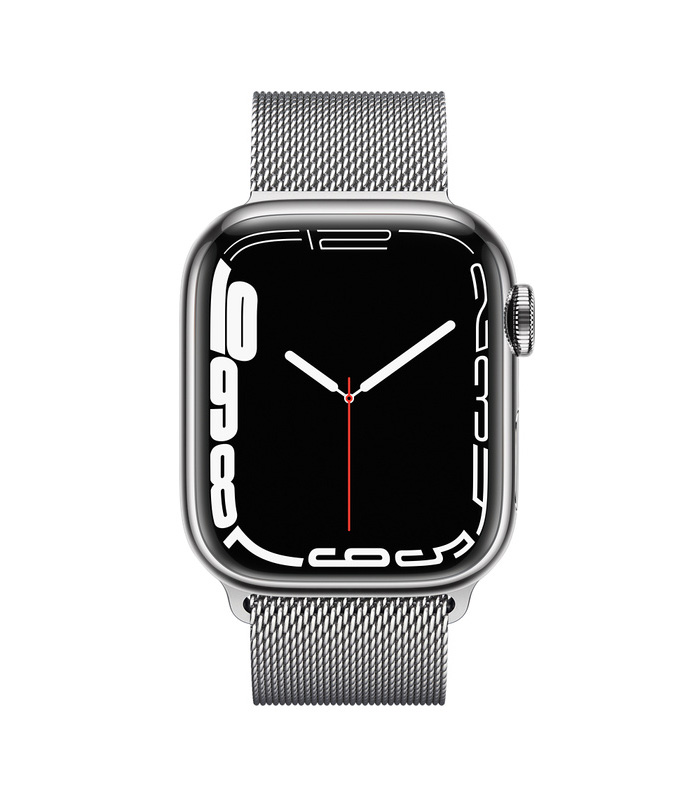

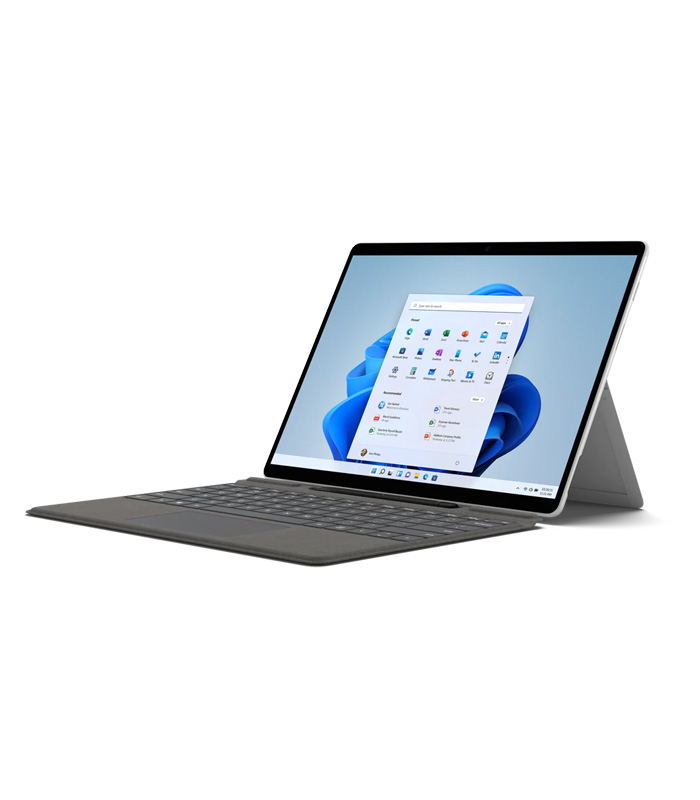
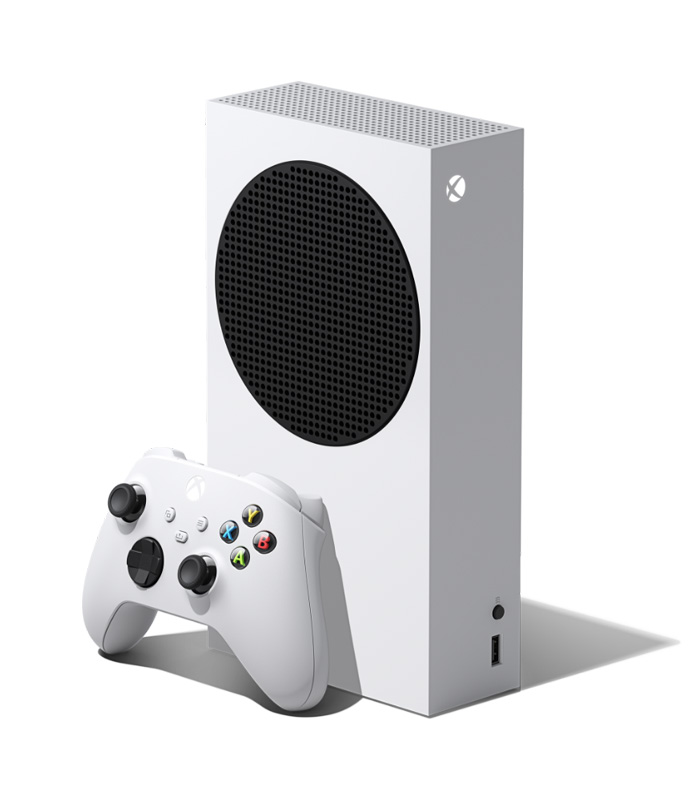


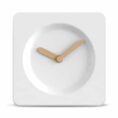

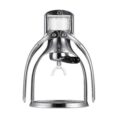
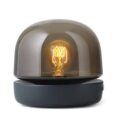









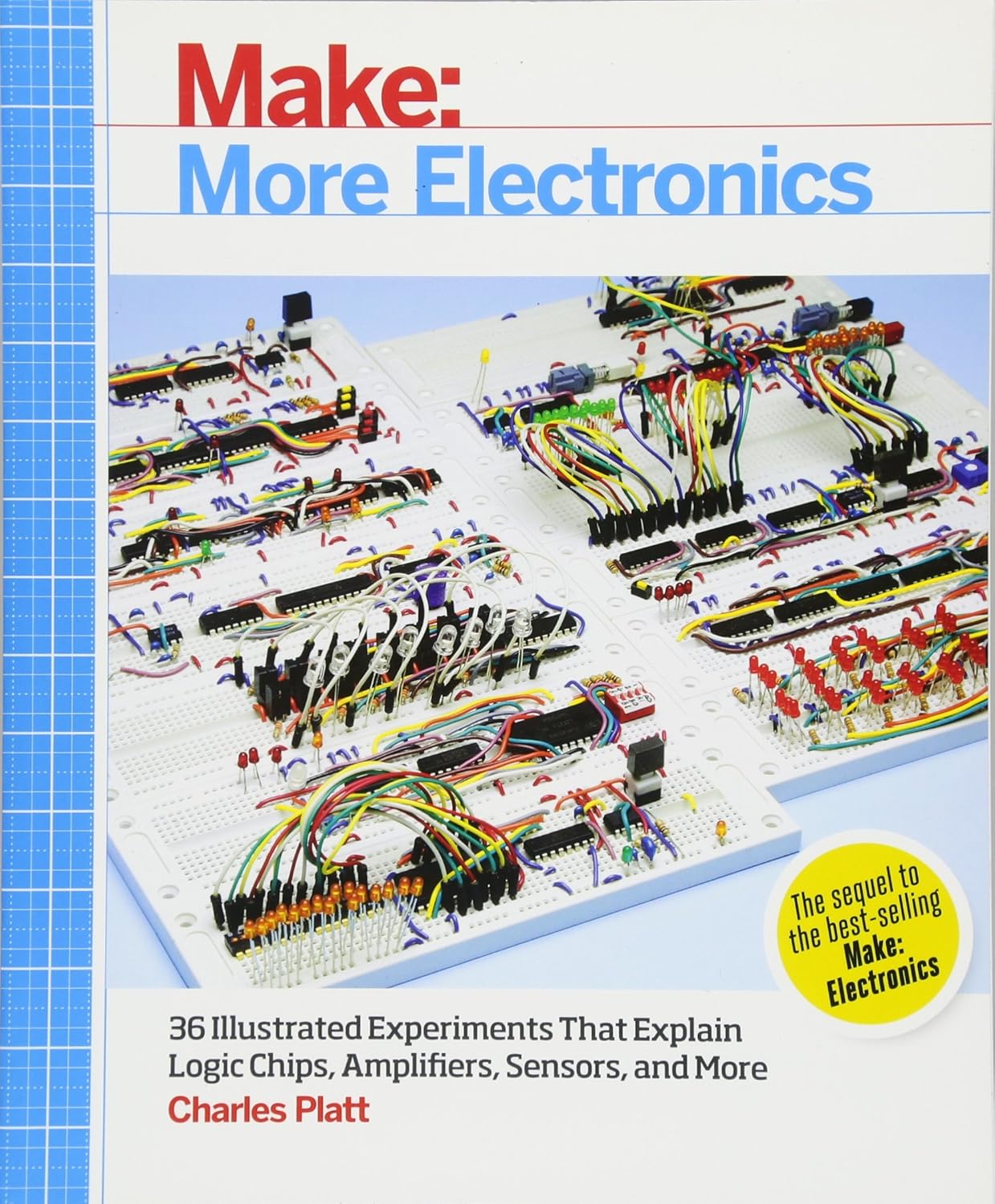
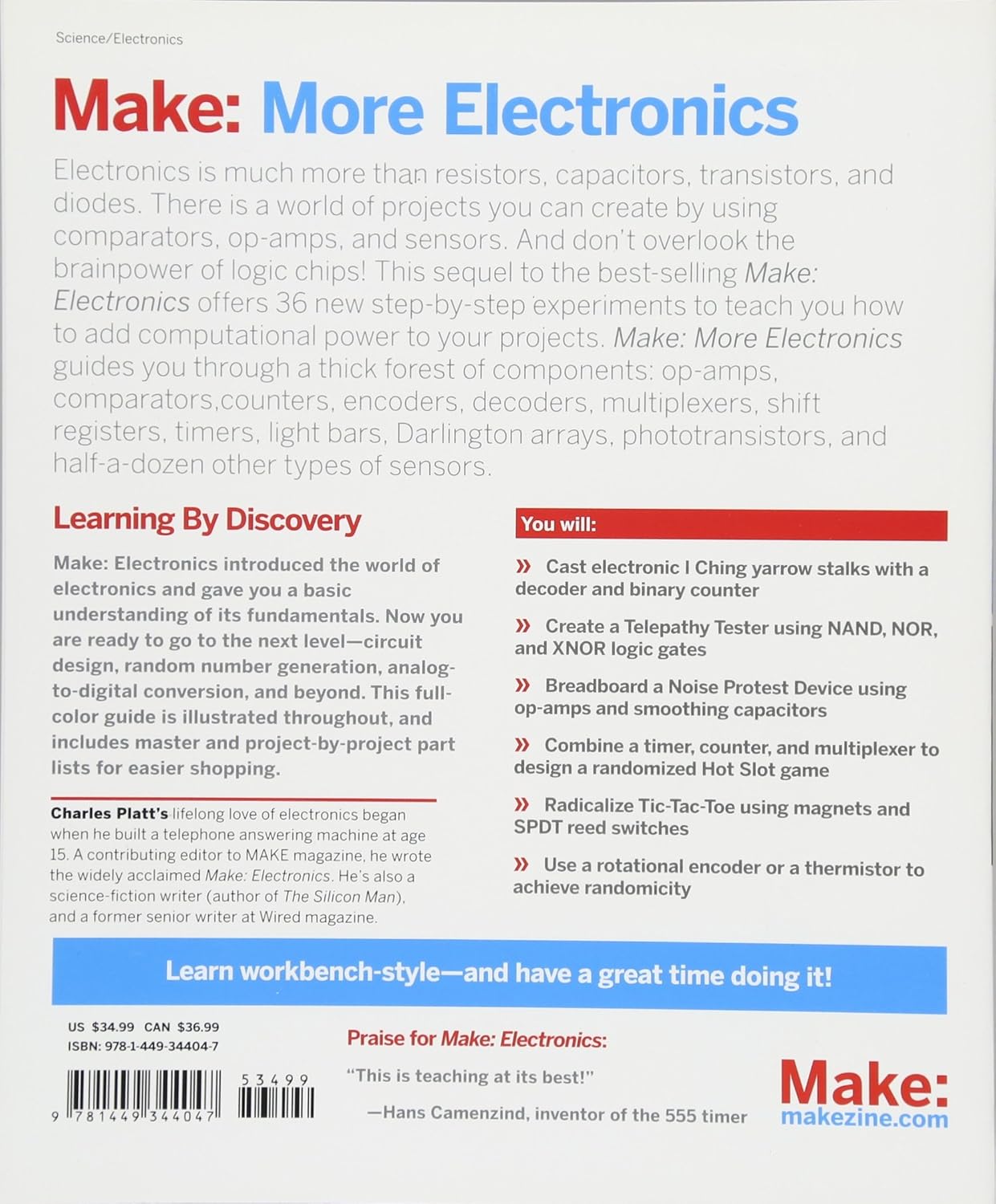
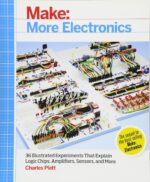
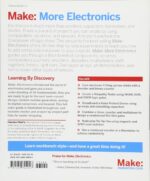

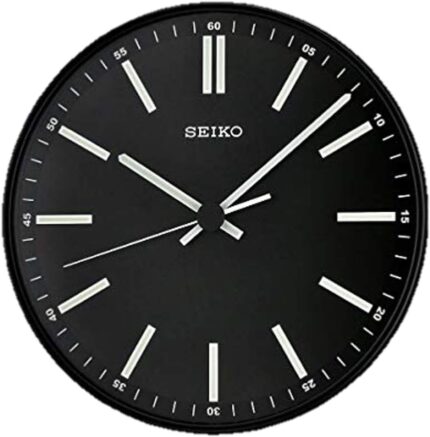



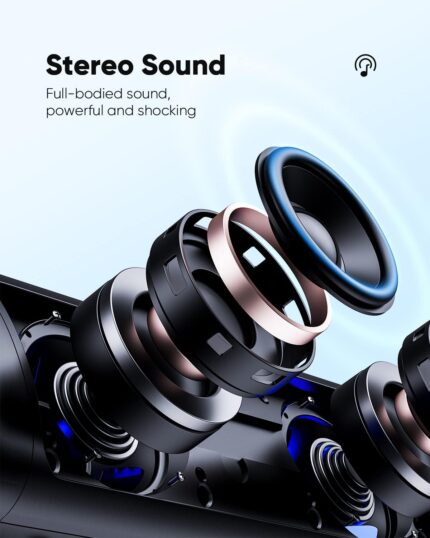
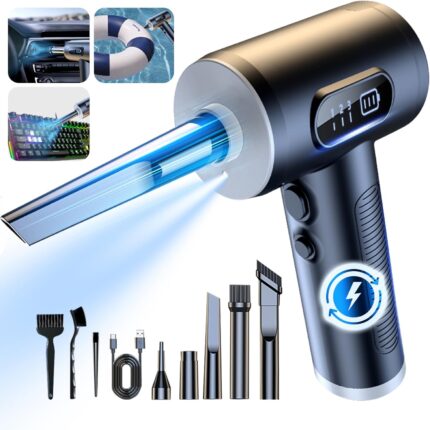

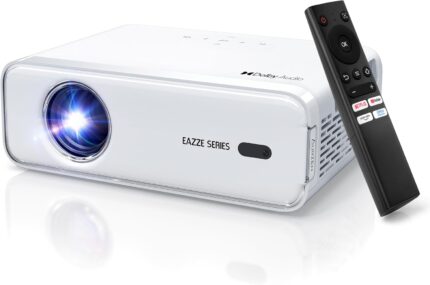

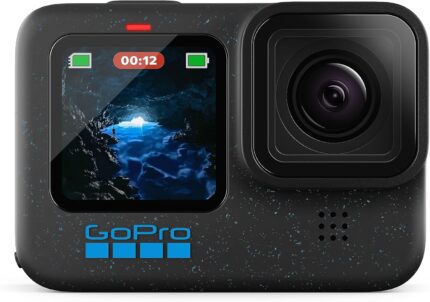
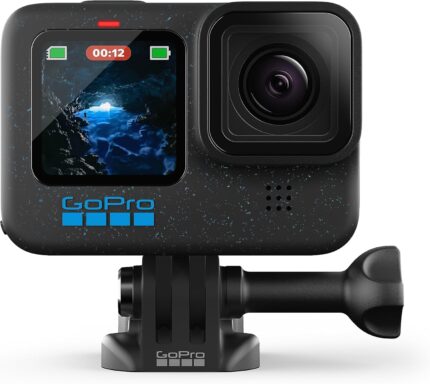
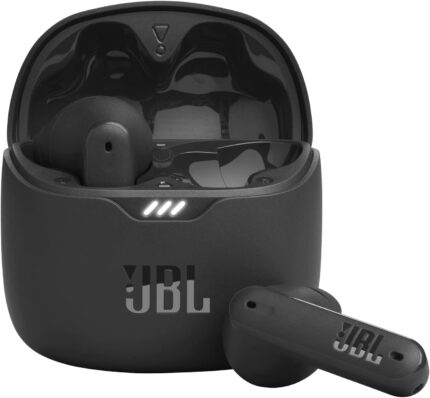
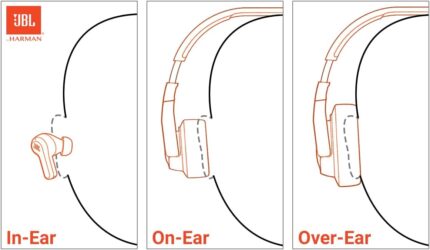
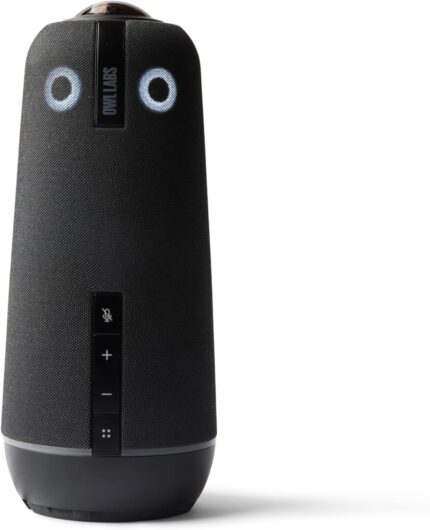
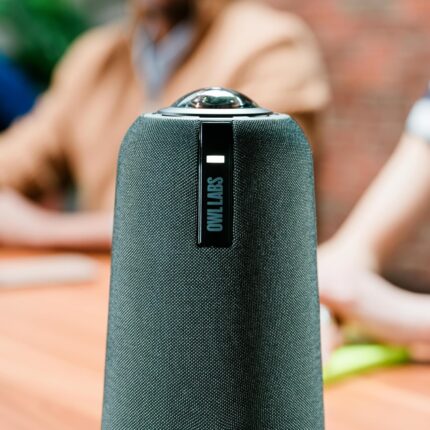
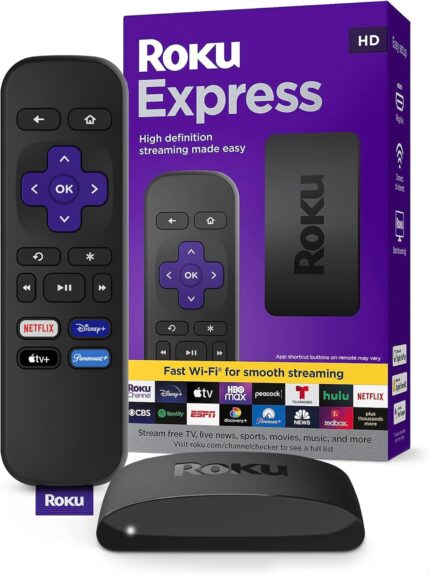

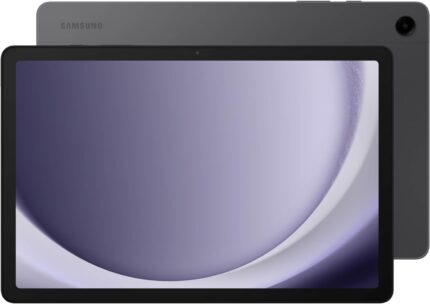
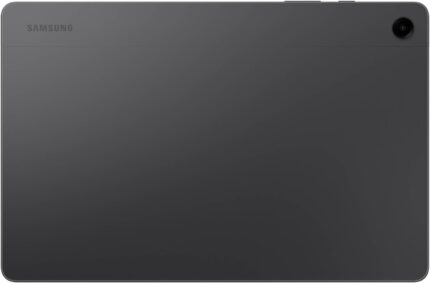

James B. Crawford –
The range of projects is GREAT!
I started to do breadboarding about 6 months ago. Having grown up in the vacuum tube era, I did not learn about semiconductors. After learning a great deal with the first book. it’s time to learn more. This book has very good projects and they are presented in an outstanding way. After learning a great deal and set to expand even more, I wish the system would allow more stars. Being very pleased with this text, I can not give high enough praise for the book and the author. Two thumbs up, and two big toes up.
Mike B. –
If you want to learn electronics, read this one second (_Make: Electronics_ should be firs!t)
An excellent follow-on to Make: Electronics! I’ve tried to learn electronics a number of times over the years, and each time I made it a little farther before bogging down. Make Electronics was my latest attempt, and this time I think I’m getting it! The explanations are clear, the order of subjects makes perfect sense, only as much theory and math as are absolutely required are used, and the pictures and diagrams are clearly laid out with the reasons why specific symbols, colors, etc. were selected are explained. Charles Platt clearly is a master of the subject, and is very capable of explaining the subject material. Based on my prior attempts, about half of what was in Make: Electronics was review for me, but Make: More Electronics is mostly new, and mostly things that I just didn’t get in the past, but I’m understanding it now due to the same clear, well ordered explanations as in the prior book. This one picks up where Make: Electronics left off, and continues into more complex areas, such as AC circuits and OpAmps, with some fun and interesting projects. The explanations of how to approach a design are especially useful…you can’t just copy other’s designs forever!If you want to learn electronics, you won’t go wrong with Make: Electronics, followed by Make: More Electronics. The set of three parts encyclopedias that Mr. Platt has also published are well worth a look as well. These aren’t tutorials, like Make: Electronics and Make: More Electronics, but they aren’t simple catalogs of parts either…they go into the theory, variations, uses, and cautions for a host of electronics parts from transformers, to transistors, and connectors. Based on my reading of these books, I’d certainly want to take a look at anything else Mr. Platt produces!
MJT –
A great second book in the seriex
This is a great second book in the Make series. I have found both of them to be quite inspiring on my personal journey into deeper understanding of designing and using electronic circuits.
CMP –
Excellent book for the beginner just learning electronics
I was hoping for a more advanced book with more advanced circuity. I was not sure what to expect and took a chance on the book. I have a degree in electronics, and alot of real world experience working on things and building my own circuits and devices, so from my perspective it did not offer me what I was looking for out of the book. But if you are new and just starting to learn or teach yourself electronics, this is a very good book.Something to be said about a brick and motor bookstore where you can sit down and look it over closely before deciding to buy it. I will almost never return any items I buy from Amazon, and this book will be added to my library.
Dale Ianni –
This is the perfect follow-up and companion to the make Electronics book
Mr Platt does a wonderful job just as he did in his first book make Electronics with this awesome follow-up book to once again take a complex topic such as Electronics make it understandable and help cement the concepts by taking them from concept to reality through the exercises
Christian Kurzke –
The book I wish I had when I was 14!
This is a great instructional book, very well written.It teaches pretty solid foundation of the field of electronics. It’s also written in a clear and simple and engaging style which will capture the curiosity of a teenager.However it is NOT a beginner book.It assumes the reader already has a decent understanding of the field of electronics.For a beginner, I’d recommend the previous book by the same author : “Make: Electronics”
Thomas Russell –
A Must Read for Electronic Enthusiast’s
I purchased all of Charles Platt’s Make: books in the series and they are all just packed with knowledge and beautifully laid out. I highly recommend these books for anyone looking to get into the world of electronics. Another wonderful feature about these books is, if you have any questions about any of the content in these books, Charles will personally reply to answer your quarries. Be sure to check out all the books in this series!!!Make: ElectronicsMake: More ElectronicsMake: Encyclopedia of Electronic Components Vol 1,2,3
Brooks –
Highly Recommend
From beginners to experienced, this book is a good resource.
Sandro –
Me gusta todo, desde los consejos, aunque no soy inexperto los consejos y técnica que usa el autor son excelentes, recuerdas y aprendes conceptos muy prácticos
Thomas WaÃmann –
Auch der 2. Band ist richtig klasse. Man kann die Anleitungen super nachbauen und sie funktionieren auch!Umfangreiche und genaue Erklärungen (auch wenn man für technische Details manchmal zurückblätten muss). Materiallisten und Empfehlungen, Kauftipps und Hintergrundinfos…Das Buch macht einfach SpaÃ! Und dann steckt man drin im Lötkolbenschwingen (obwohl die Versuche für Breadboards konzipiert sind).
Dan Hansson –
Saknade arduino- och programmeringsprojekt.
RJ –
It is a good book. I have the first one, and this follows on nicely. Not everyone will like it, but they are written in a fun style, his emphasis is on telling you how something works, then getting you to try a few actual examples to see the effect for yourself. He’s very light on maths (ok, personally I’d rather there were a little more), but heavy on actually doing projects to learn and see the effects. Even to the extent of intentionally breaking a few components to see what happens and why things happen, I really like these books and they cover the subject well.
NAMAN TANWAR –
The book is fully coloured with glossed paper. The language is easy to read. A must for electronics enthusiasts